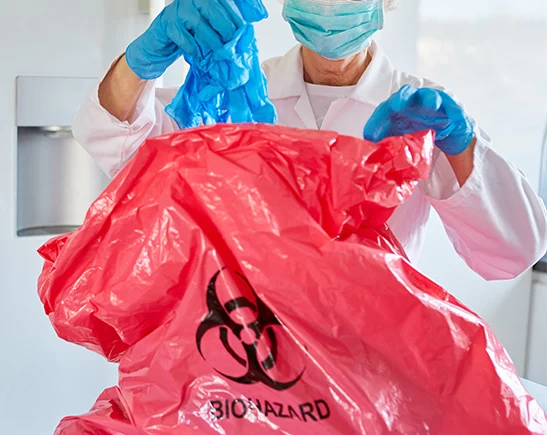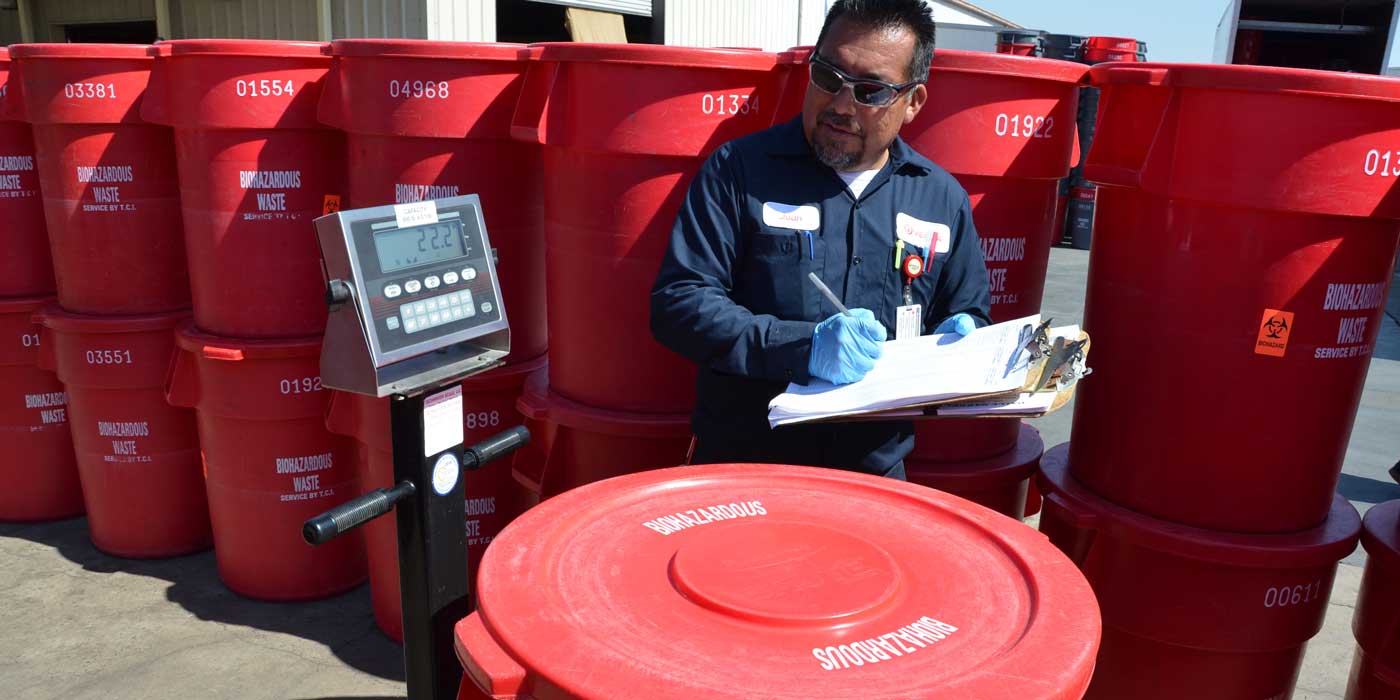Understanding the Various Types of Waste Disposal Techniques
In the realm of waste management, the array of disposal methods offered today is substantial and differed, each method offering a distinct purpose in addressing the challenge of waste disposal. click here. From reusing approaches that intend to give brand-new life to materials, to the complex processes of contaminated materials monitoring, the landscape of garbage disposal is complex yet crucial for ecological sustainability. Understanding the nuances of these various techniques not just sheds light on the importance of responsible waste monitoring but additionally motivates us to reassess our method towards garbage disposal in a rapidly developing world

Recycling Techniques
Reusing techniques are vital for sustainable waste management techniques in both household and industrial settings. medical waste removal service. By implementing effective recycling techniques, a considerable quantity of waste can be diverted from garbage dumps, saving all-natural sources and minimizing the environmental impact of manufacturing procedures
In suburbs, curbside recycling programs play an essential function in encouraging houses to separate recyclable materials from general waste. Products such as paper, plastics, glass, and metals can be arranged and gathered for handling into new products, lowering the demand for resources and energy-intensive production procedures.
Industrial centers likewise count on reusing techniques to minimize waste generation and advertise a round economic situation. By executing closed-loop systems, companies can reuse materials within their production procedures, lowering expenses and environmental impact. medical waste removal service. Additionally, industrial recycling programs often entail partnerships with specialized reusing centers to make certain that materials are correctly sorted, processed, and reintegrated into the supply chain
Composting Techniques

Oxygenated static pile composting includes blending natural waste products in a huge heap and consistently transforming it to guarantee proper oygenation. This method is reliable for large-scale composting procedures. On the various other hand, vermicomposting makes use of earthworms to break down raw material into nutrient-rich castings. This method is appropriate for smaller-scale procedures and families.
In-vessel composting includes positioning natural waste in a closed container with regulated conditions for temperature and aeration. This approach is efficient for managing food waste in urban locations. Lastly, windrow composting consists of developing long rows of natural waste and routinely transforming them to promote decomposition. This strategy is typically used in farming settings.
Garbage Dump Disposal
Land fill disposal is a commonly utilized approach for taking care of waste that can not be reused or composted. It involves hiding waste in marked locations of land, with appropriate precautions to stop ecological contamination. Garbage dumps are crafted centers developed to isolate waste from the surrounding atmosphere. The waste is compressed and covered with dirt daily to reduce smells, discourage insects, and minimize the spread of clutter. Modern landfills are geared up with safety linings and monitoring systems to stop leak of hazardous materials into the dirt and groundwater. Methane gas, a result of disintegrating organic waste in land fills, is usually collected and used as a resource of renewable resource. Regardless of advancements in land fill innovation, worries stay concerning the lasting environmental influences, such as groundwater contamination and greenhouse gas emissions. Initiatives to reduce dependence on landfills include advertising waste reduction, recycling, and checking out alternate waste disposal methods to lessen the ecological impact related to standard landfill disposal techniques.

Waste-to-Energy Incineration
Incineration of waste for energy generation is an approach increasingly being taken into consideration as an alternative to typical land fill disposal methods. Waste-to-energy incineration involves the combustion of waste products at heats, generally in specialized centers made to create electrical power or warmth through the process - click here. This technique not just reduces the quantity of waste that would otherwise be destined for garbage dumps however also harnesses the warm produced throughout incineration to develop power
One of the crucial advantages of waste-to-energy incineration is its ability to generate electrical energy while minimizing the environmental influence compared to standard land fill disposal techniques. By transforming waste right into energy, this strategy helps in reducing greenhouse gas emissions and dependence on fossil fuels for power generation. Additionally, waste-to-energy centers are geared up with sophisticated air contamination control modern technologies to reduce prospective toxic wastes released during the burning process.
Hazardous Waste Management

Considering the crucial value of liable waste administration methods, especially in the realm of ecological sustainability, the focus currently moves in the direction of the detailed domain of Contaminated materials Monitoring. Contaminated materials positions significant risks to both human health and the environment, requiring customized handling and disposal techniques. Typical instances of contaminated materials include chemicals, batteries, chemicals, have a peek at these guys and digital waste.
Contaminated materials Monitoring involves the identification, collection, transport, therapy, and disposal of materials considered potentially hazardous or damaging. This process requires adherence to rigorous policies and guidelines to mitigate negative effect on ecological communities and public wellness. Numerous methods are used in managing contaminated materials, including recycling, secure land fills, encapsulation, and chemical treatment.
Appropriate Contaminated Materials Monitoring is essential for stopping contamination of soil, water sources, and air contamination. It is essential for industries, research laboratories, healthcare centers, and various other generators of unsafe waste to execute robust administration methods, training programs, and emergency reaction plans to make sure the safe handling and disposal of these materials. Failure to manage harmful waste properly can have significant effects, emphasizing the value of liable and persistent practices in this field.
Conclusion
In conclusion, waste disposal methods play a critical role in managing and reducing the influence of waste on the setting. It is essential for markets and people to recognize the different waste disposal strategies readily available and pick the most ideal method for sustainable waste administration.
In the world of waste administration, the selection of disposal strategies readily available today is vast and varied, each approach serving a distinct objective in dealing with the challenge of waste disposal. click here. From recycling techniques that intend to give brand-new life to products, to the detailed procedures of harmful waste administration, the landscape of waste disposal is intricate yet essential for ecological sustainability. Recognizing the nuances of these different strategies not just loses light on the relevance of accountable waste management however additionally prompts us to reconsider our approach towards waste disposal in a swiftly advancing world
Initiatives to decrease reliance on landfills include promoting waste decrease, recycling, and exploring alternate waste disposal techniques to lessen the environmental footprint linked with standard landfill disposal techniques.
It is essential for sectors and individuals to comprehend the various waste disposal methods readily available and select the most suitable technique for lasting waste administration.